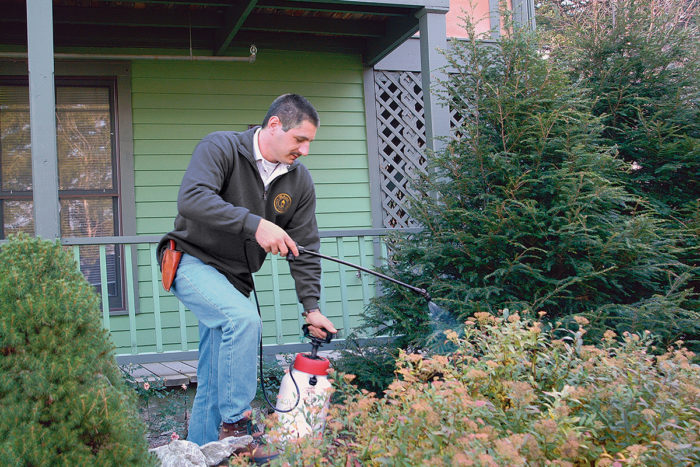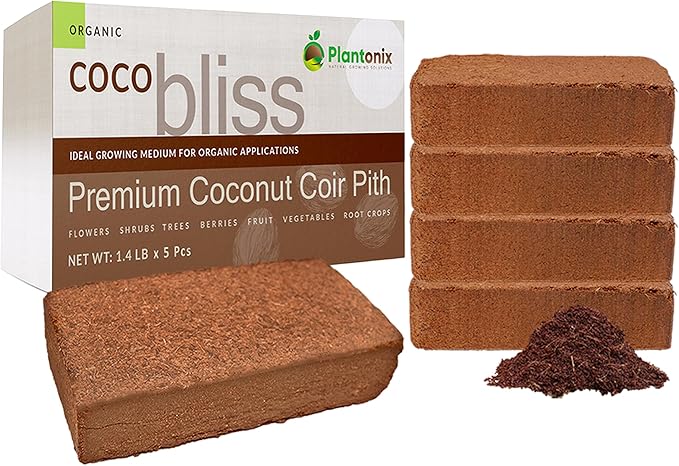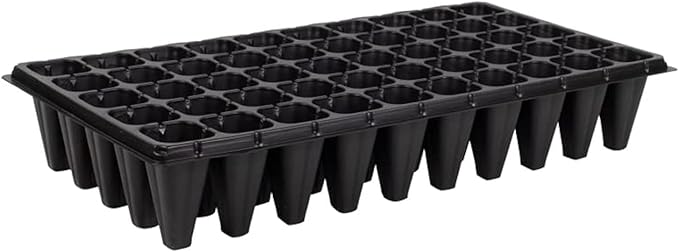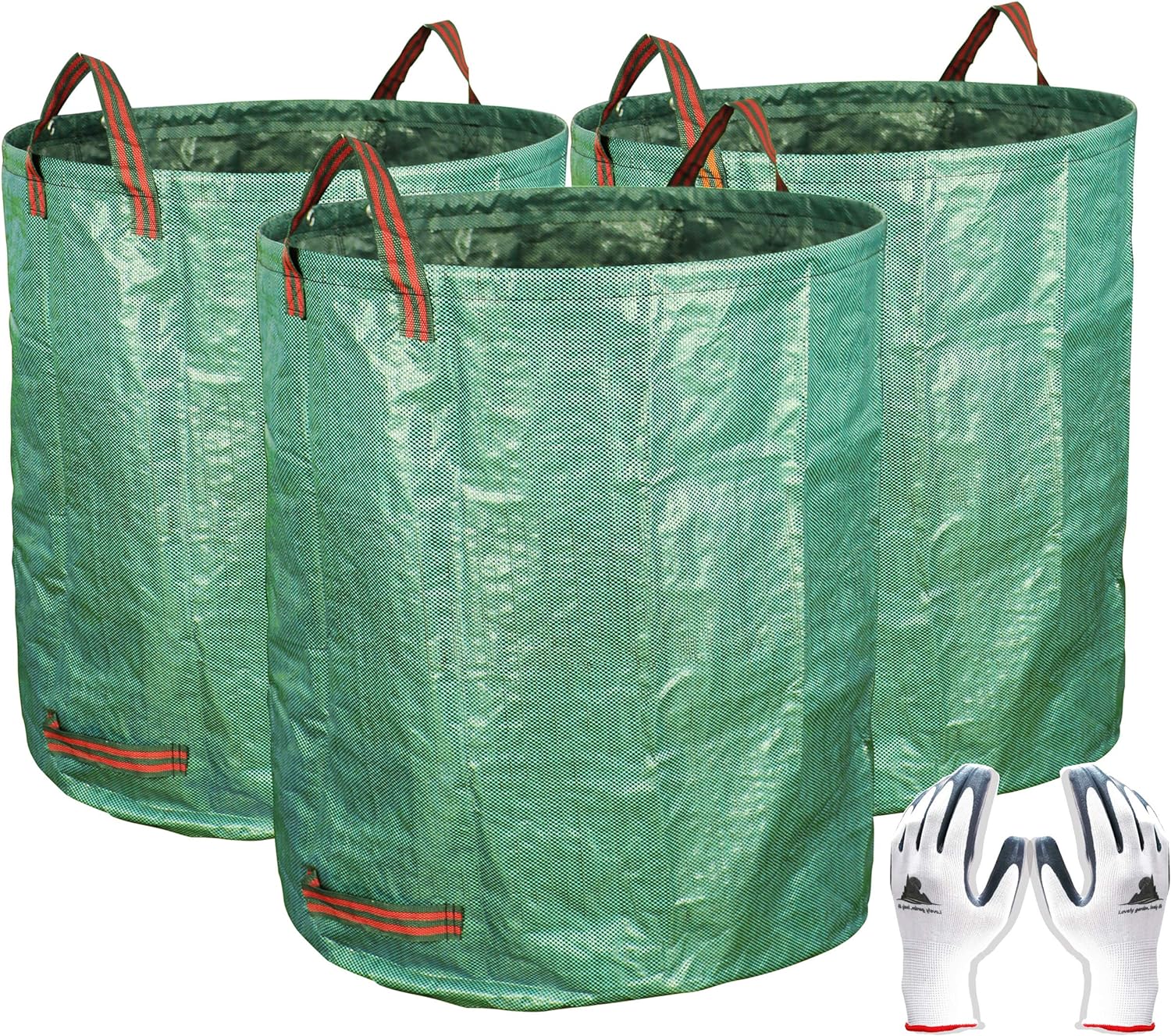
Memories of Rachel Carson’s Silent Spring or recent newsworthy reminders of the dangers of some pesticides may make you uncomfortable about using chemical controls against pests. Indeed, we believe non-chemical methods for controlling pests—crop rotations or hand-picking, for instance—are best. But there are situations in which non-chemical methods are ineffective or unworkable, and in such cases, many gardeners choose to use a chemical pesticide, either biological or synthetic. Though there are valid arguments for and against pesticides, we don’t want to get into debate here. Rather, we’d like to focus on when, where, and how to use pesticides properly, and on criteria for selecting them. This approach is called Integrated Pest Management (IPM).
The most important consideration is choosing the least-toxic product that will get the job done and using it only when necessary. By least toxic, we mean materials that are least disruptive of natural controls, least hazardous to human health, least harmful to non-target organisms, and least damaging to the environment.
Pesticides can play a short-term role
Chemical pesticides, whether aimed at bacteria or bugs, share a common limitation: They rarely offer permanent control. True, the Romans plowed the ground with salt after destroying Carthage in 146 b.c.e., and that was pretty permanent. But if you want to permanently reduce a pest problem in your garden and still retain the garden, you need to take a different approach. Food, water, habitat, and other supports for the pest must be modified for long-term results.
In the short run, however, least toxic chemical controls have their place. By temporarily shifting the balance between pest and natural enemy, the right chemical control used at the right time can pave the way for establishing long-term biological controls in the garden. Ladybeetles, lacewings, insect-eating nematodes, and other biological controls are commercially available and becoming popular for home garden use. But if the pest population is already high, you must knock the pest numbers down before releasing beneficials. You don’t need to reach for a highly toxic pesticide to do this. Instead, use water sprays or an application of insecticidal soap or horticultural oil. The goal is to reduce the number of pests, not eliminate them. After all, you need to have some pest insects around to feed the beneficials when you release them or they fly in naturally.
Confine chemicals to intolerable situations
It makes sense to react quickly to vertebrate pests—deer, for example. But before you move fast against an insect pest, ask yourself two basic questions. Is it really necessary to control this pest? And if so, is there a simple alternative to insecticides? Don’t overlook physical controls, such as handpicking the pest or pruning out portions of the infested vegetation. These non-chemical methods are often fast and satisfactory.
Confine chemical controls to situations in which the damage involved is, or will soon become, intolerable. The presence of a few recognized pest insects is not enough to signal doom. On the other hand, a large population beginning to cause visible destruction may be a different matter. You should consider what you expect of the result. Will the vegetable you’re trying to protect be presented as a gift or serve as a centerpiece? Maybe some extra care to avoid obvious insect damage is desirable. Or is it going right into the cooking pot? If so, then who cares about a few holes or scars; minor cosmetic damage is a sign that no poison residues need concern you.
In any case, not all plants will be similarly affected by a pest. If you observe your plants carefully, you will see that, even among those of the same kind, responses to insect pests vary. Make it a practice to treat only those plants that are severely attacked.
There are many ways to avoid using pesticides that kill non-target organisms. The most obvious is to pick a material that either by its composition or its packaging is toxic to just one target pest. Bt is a good example, because it produces a disease specific to the insects listed on the label. Another example is insect growth regulators, which prevent molting in specific insects, such as whiteflies.
Baits, if packaged to reduce attractiveness to and access by other animals, are another good way to confine a chemical control to the target pest. In some bait stations, the active chemical is combined with a pheromone attractant to bring a specific insect pest to the bait station.
Know what you’re working with
Don’t grab the first pesticide you see that mentions your pest. Take your time, study the label. You are looking for the least toxic—yet still effective—material that will leave no residue to harm beneficial wildlife or yourself.
Be sure the material is registered for use against the pest you wish to control. Also check to see if the pesticide can be used on vegetables right up to the harvest period. And you need to know what kind of protective clothing, gloves, goggles, or respirator you will need while applying the pesticide, as well as the recommended application equipment.
Always check the label for the toxicity rating. A rating of IV means the chemical is practically non-toxic. Category III chemicals are considered slightly toxic and are labeled “Caution.” Make every effort to confine your use to materials no more toxic than this. Category II chemicals are moderately toxic and are labeled “Warning.” Category I materials are highly toxic and are labeled “Danger-Poison,” with a skull and crossbones. There should be no need to use Category I materials around the house or garden.
The problem with relying on simple toxicity ratings, however, is that they tell only part of the story. The basis of these toxicity ratings is a measure of short-term reactions. Long-term effects may take years to appear. Also important is the length of time the material stays in the environment, whether it bio-accumulates (passes up the food chain in ever larger accumulations), and its synergistic effects when combined with other materials in your environment.
Take time to protect yourself
It all but goes without saying that you must protect yourself from chemical pesticides, even when using comparatively benign materials like insecticidal soaps or insect-specific diseases like Bt. The most common problem associated with careless use of a pesticide is a skin reaction, typically a rash or a burn. But you also need to avoid eye and lung exposure. Any vapor that enters the lungs will be rapidly absorbed into the blood stream and distributed throughout the body. With some materials, there is a potential for damage to nerves or to body levels of the transmitter that enables signals to travel from nerve to nerve.
Wear gloves intended for handling chemicals, and store the gloves in disposable plastic bags between uses. The greatest hazard in applying chemical pesticides comes from spilling it accidentally on your unprotected clothing. Change out of contaminated clothing immediately. Spills or no spills, clothes worn while applying pesticides should be washed separately from the family laundry.
Use the least amount in the smallest area
Even a toxic material will cause little damage if you confine the pesticide to just the organism you wish to control. A good example of confining a pesticide to its target is using a soft paintbrush or a small piece of rag tied to a stick to wipe an herbicide on the leaves or branchlets of a perennial weed.
When purchasing pesticides, ignore inducements to save money by buying the large “economy” size. Buy the smallest amount that will do the job. Then mix up just the amount you will need. If a teaspoon is good, that doesn’t mean two teaspoons are better. Avoid mixing up a gallon when all you will need is a cupful. The temptation is too great to use up the extra material by spraying it around places where it’s not needed.
Be sure to store or dispose of the remaining materials properly. Never keep pesticides in unmarked containers or within reach of children and pets. Store all pesticides in their original package, but put paper or glass containers inside metal cans to avoid spills due to breakage or moisture. And bear in mind that left-over pesticides may lose effectiveness by the time you need them again.
Chemical controls can play a role in the healthy vegetable garden if you select materials that are least toxic to humans and the environment and are as species-specific as possible. But don’t get carried away. Confine pesticide use to those situations where the damage is becoming intolerable and no non-chemical method is available. If you have questions about a specific material, a good source of toxicity information is the EPA Hotline: 800/858-7378. For more information, try the National Pesticide Information Center and the Bio-Integral Resource Center.
from iIssue #19 of Kitchen Gardener Magazine
Fine Gardening Recommended Products

Coco Bliss 650gm Bricks (5-Pack) - Organic Coco Coir
Fine Gardening receives a commission for items purchased through links on this site, including Amazon Associates and other affiliate advertising programs.

Nothers RooTrimmer 50 Cell, 10pcs
Fine Gardening receives a commission for items purchased through links on this site, including Amazon Associates and other affiliate advertising programs.

Gardzen 3-Pack 72 Gallons Garden Bag
Fine Gardening receives a commission for items purchased through links on this site, including Amazon Associates and other affiliate advertising programs.


















Comments
Log in or create an account to post a comment.
Sign up Log in